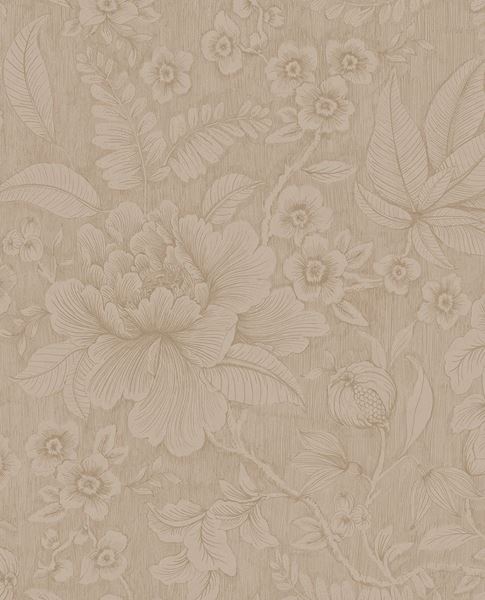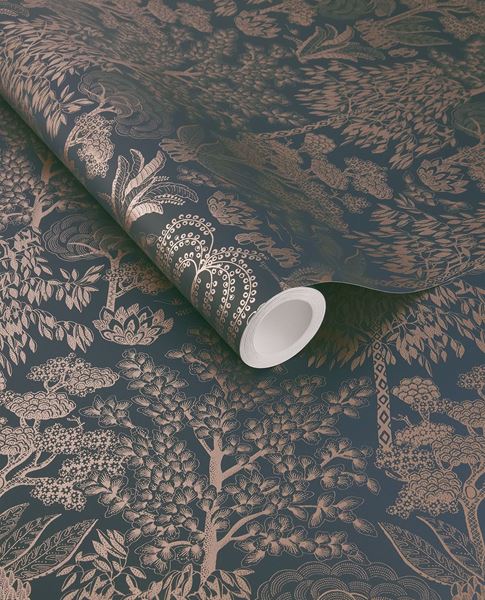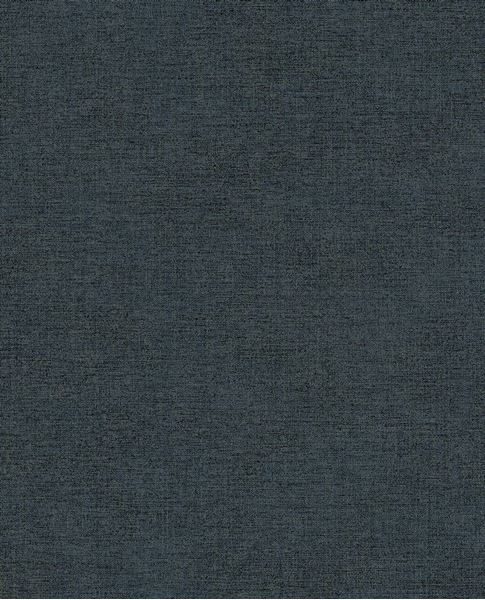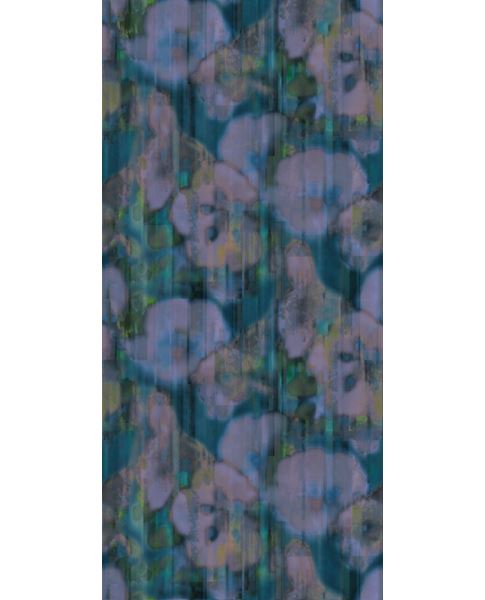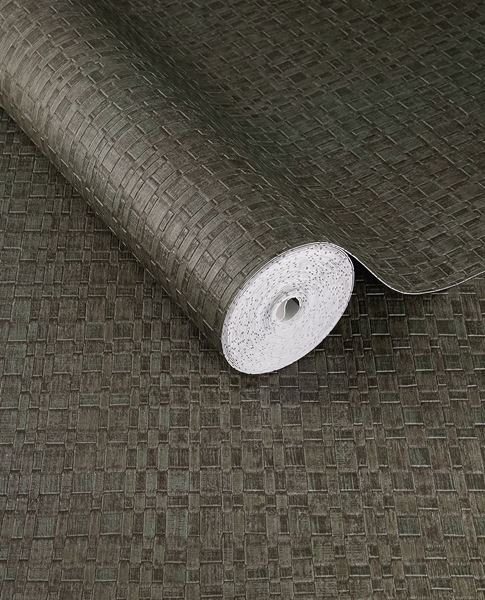Working with flock wallpaper
Applying wallpaper that is fully flocked cannot be compared to the application of ‘normal’ non-woven wallpaper. It is less forgiving and glue stains are more difficult (if not impossible) to remove. We therefore recommend that you have this wallpaper applied by a wallpapering professional who has experience with it. If you choose to apply this wallpaper by yourself, please observe the instructions below. Eijffinger cannot be held responsible for any undesirable result caused by the application of this wallpaper.
Supplies
- A clean, dry cloth, preferably a microfiber one (to carefully remove excess dust particles with)
- Clean, soft roller (to smooth out the wall covering with)
- Wallpaper application brush/paste brush (to apply the paste to the wall with)
- PH-neutral, solvent-free, starch based, ready mixed paste for non-woven wallpaper
- Clean, dry hands
Checking the rolls, strips, and removing powder
- Before hanging, check that the rolls are not damaged
- Check that the batch reference is the same for each roll
- Pre-cut the strips and carefully check where the pattern needs to match up so as to avoid unevenness
- Remove excess powder*
*The special flocking technique can leave a powder on the product surface on each side of the wallpaper. It is very important that this be removed before hanging. The best thing to do is to pre-cut the strips you need and then remove the powder on both sides, strip by strip, with a dry and clean cloth, ideally a microfiber cloth.
Surface
A proper preparation of the surface is essential for a good result and prevents problems that are difficult if not impossible to be fixed afterwards, such as open seams.
Preparation of the walls:
- Make sure the walls are smooth, clean, dry, dust-free and neutral in colour. (do not apply the wallpaper to glossy or non-porous surfaces; it will not stick sufficiently if you do)
- Highly absorbent walls need to be primed first
Hanging
- We recommend using a PH-neutral, solvent free, starch based, ready mixed paste for non-woven wallpapers.
(other types of paste are not suitable as they may cause surface staining or adhesion problems, and with the use of these adhesives we cannot guarantee other properties of the wallpaper, such as that it will be easily removable again.) - Paste should be evenly applied to an area slightly wider than the width of the roll. Do not apply paste to the whole wall but paste as you go, pasting just wider than the strip you are hanging.
- Hang the wallpaper strip by strip by butting the seams together.
- After hanging a wallpaper strip, make sure to wipe the air out from under the wallpaper to the side where no wallpaper has been hung yet. This prevents glue from getting onto the already pasted strip via the seam.
- After each strip has been hung, trim top and bottom with a sharp knife.
- Any excess paste on the ceiling, skirting, etc., should be carefully removed with a clean, wet sponge before it has had a chance to dry.
- Residual excess dust particles can be carefully removed from the wallpapered wall with a dry, clean cloth.
- To ensure a uniform finish, use your hand to firmly smooth the flock pile in a single direction, up or down, according to your preference. This helps orientate all the flock fibres in the same direction and produces a more even effect.
Inherent to this stunning flock wallpaper is the unique play of the light onto the texture and direction of the pile. This may show a natural interplay between the strips.

